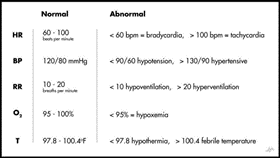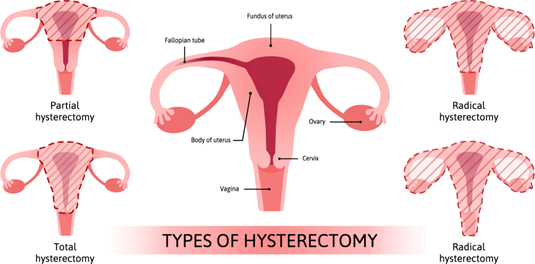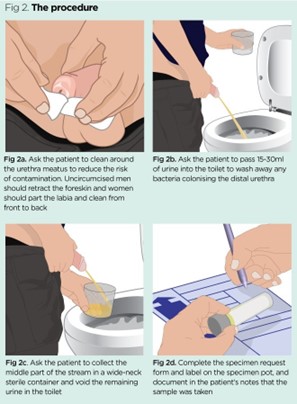The nurse is caring for a senior adult client with three diagnoses of Parkinson's disease and an exacerbation of COPD. The nurse observes the unlicensed assistant personnel (UAP) providing morning care and obtaining vital signs by using a portable electronic blood pressure cuff and clip-on pulse oximetry sensor.
Nurse's Notes: Vital Sign # 0715: Client sitting up in bed with oxygen 2.1 per nasal cannula (NC) on. Clear pink skin and warm and dry lungs with scattered wheezes throughout. The client complains of shortness of breath and states, "I feel so much better than I did a couple of days ago." Mild tremors were noted. The client states, "My hands shake all the time."
1140: Client is still in bed with oxygen 2.1 per NC on, scattered wheezes throughout, and coarse rhonchi, which are clear with coughing. Cough is productive of yellow phlegm. Skin cool and dry. The client complains of shortness of breath or discomfort and states, "I like to keep it chilly in my room to help me breathe."
1140: The UAP reports to the nurse that the client's SpO2 is decreased.
Q1. After assessing the patient and reviewing the vital signs, which nursing action is appropriate to address the decreased SpO2?
(Select all that apply.)
Verify the pulse oximeter is intact and properly applied.
Verify the supplemental oxygen is turned on and functioning.
Notify the physician immediately.
Request a prescription for a breathing treatment.
Assess the temperature of the client's hands.
Increase the flow of oxygen to 3L per nasal cannula.
Request an order for ABGs.
Replace the bateries in the pulse oximeter.
Obtain the SpO2 using the client's ear lobe.
Correct Answer : A,B,E
The nurse should verify the pulse oximeter is intact and properly applied and verify the supplemental oxygen is turned on and functioning. The nurse should also correlate the apical pulse rate with the pulse rate on the oximeter to ensure accuracy.

Nursing Test Bank
Naxlex Comprehensive Predictor Exams
Related Questions
Correct Answer is C
Explanation
The client is likely feeling scared, vulnerable, and alone. By calling the partner to come and visit, the nurse can provide the client with emotional support and comfort during this difficult time. This can also help to alleviate the client's distress and promote a sense of security and familiarity.
Assessing the IV site for inflammation (a) and measuring the urine output for the day (b) are important aspects of the client's care, but they are not the priority in this situation. Asking the client if pain medication is required (d) is also important, but it can wait until the client's emotional needs have been addressed.

Correct Answer is C
Explanation
This is known as a clean-catch urine sample. The nurse cleanses the urinary meatus to reduce the chance of contamination from bacteria on the skin. The patient then collects a urine sample in a sterile container while voiding.

Whether you are a student looking to ace your exams or a practicing nurse seeking to enhance your expertise , our nursing education contents will empower you with the confidence and competence to make a difference in the lives of patients and become a respected leader in the healthcare field.
Visit Naxlex, invest in your future and unlock endless possibilities with our unparalleled nursing education contents today
Report Wrong Answer on the Current Question
Do you disagree with the answer? If yes, what is your expected answer? Explain.
Kindly be descriptive with the issue you are facing.
